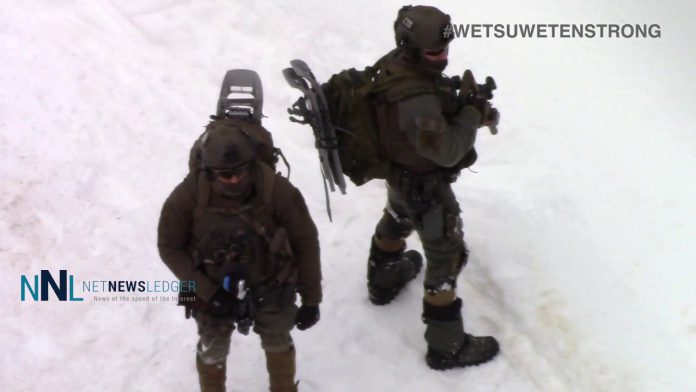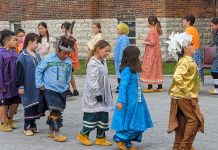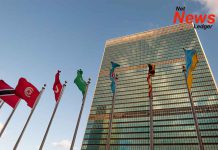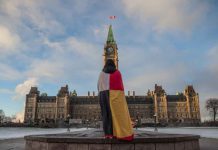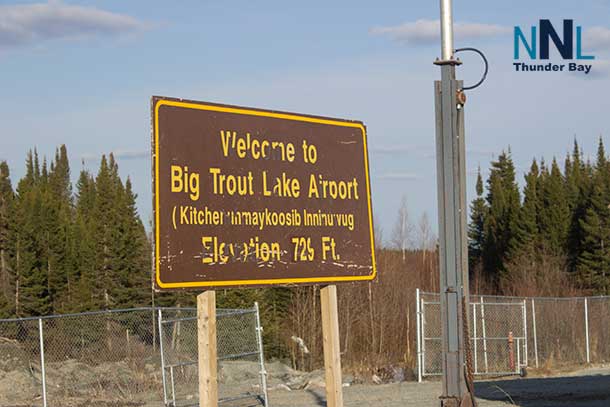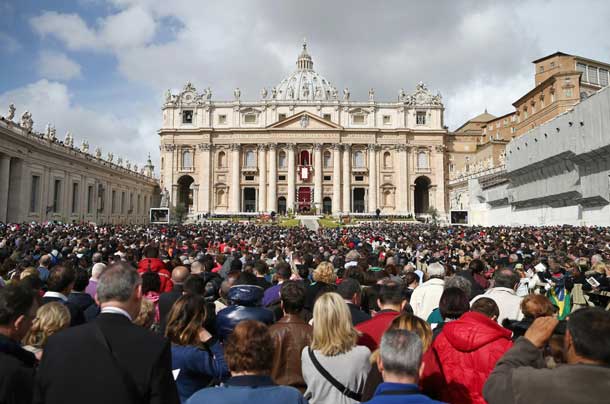By Bruce McIvor
The threat and reality of violence are at the core of Indigenous experiences with non-Indigenous Canada.
My clients live with the threat of violence their entire lives. Violence inflicted on them and their loved ones by non-Indigenous people.
From an early age, they learn the cruel reality that being a visibly identifiable Indigenous person in Canada means they live with a heightened risk of being insulted, attacked and killed by non-Indigenous people.
From Colten Boushie to Tina Fontaine, to a grandfather and his granddaughter handcuffed outside a bank in downtown Vancouver, violence against Indigenous people is the Canadian reality.
It is a violence that extends beyond the personal. It has been an ever-present tool in the colonization and continuing oppression and displacement of Indigenous people in Canada.
From Indigenous perspectives, Canadian history is a horror show of violence. From Governor Cornwallis’ bounty on Mi’kmaq scalps to military attacks on the fledgling Métis Nation to Louis Riel hanged in Regina, to John A. Macdonald’s policy of starvation of the Plains Cree, to Poundmaker’s imprisonment, to the hanging of Tsilhqot’in Chiefs, to residential schools and the 60s scoop, the list goes on and on.
Importantly, Canadian state-sanctioned violence against Indigenous people is not simply a matter of history and easy apologies. It is a modern-day reality. Think back over the last 20 years: Oka, Gustafsen Lake, Ipperwash, Burnt Church, Elsipogtog, Unist’ot’en.

Yesterday my Wet’suwet’en clients in northern British Columbia again faced the reality of what it too often means to be an Indigenous person in Canada. While Wet’suwet’en Hereditary Chiefs and their supporters seek to defend their land against a multinational pipeline company and a provincial government that appears to believe reconciliation occurs at the end of a gun, the RCMP again amassed an armed force in an attempt to overwhelm and subdue them.
In preparation for a similar military-style raid against my clients last year, the RCMP employed a strategy of ‘lethal overwatch’ and using as much violence as they deemed necessary to ‘sterilize the site’.
This time around the RCMP assured Canadians that the police officers tasked with dismantling Wet’suwet’en camps, handcuffing unarmed land protectors and marching them off to jail had first undergone cultural awareness training.
For many Indigenous people the very language of ‘peace, order and good government’ is infused with and inseparable from real, visceral, frightening experiences of violence.

On a blustery day in northern Ontario, over a hundred miles from the nearest road, I informed Anishinaabe clients that the provincial government was finally willing to sit down and explore avenues for them to exercise their inherent Indigenous ‘jurisdiction.’
The Elders politely smiled, turned away and spoke among themselves in Oji-Cree. After a few minutes, as often happens, I was told a story.
It was a story about being a child and wanting to visit cousins in the neighbouring community downriver. Of traveling in an open boat, of rounding a bend in the river and seeing cousins handcuffed to poplar trees.
For my clients, the word ‘jurisdiction’ didn’t connote fairness, justice and the rule of law. It conjured visions of the personifications of government and institutional authority, the priest, the RCMP officer, the Indian Agent—the people who handcuffed their cousins to poplar trees.

The threat and reality of violence extend beyond language—it has become part of the built environment that contains and defines our daily experiences.
I grew up in rural Manitoba on the fringes of the Peguis First Nation reserve. My mother held a wide variety of jobs. I thought she could do anything. I still do. One of her jobs was working in the beer parlour in the hotel in a nearby small town.
Occasionally, after school, I’d wait at the hotel until her shift ended. Hoping to get a few dollars to buy a serving of French fries in the adjoining diner, I’d grip the counter at the off-sales window, pull myself up and look into the beer parlour, straining to get my mom’s attention as she served draft beer and punched out change from the coin belt around her waist.
The room was dingy with a dirty carpet soaked in cheap beer. A low steel fence ran down the middle of the room, dividing it in two. I asked my mom, why is there a fence? Her answer brought many of my childhood experiences into focus: “It’s to separate the Indians from the white guys.” Any Indigenous person daring to sit on the wrong side of that fence risked a severe beating.
When I hear the word reconciliation I think of that fence. I think of how it represents Canada’s long history of segregating Indigenous people and perpetuating violence against them.
Violence towards Indigenous people, personal, institutional and state-sanctioned, is woven into the very fabric of Canadian life, both its history and its present. It is in the words we speak and the buildings and cities we inhabit. Canadian law sanctions it, politicians justify it, industry profits from it, the public turns a blind eye.
With yesterday’s RCMP raid on the Wet’suwet’en, violence has also become the hallmark of reconciliation.

Bruce McIvor, lawyer and historian, is principal of First Peoples Law Corporation.

